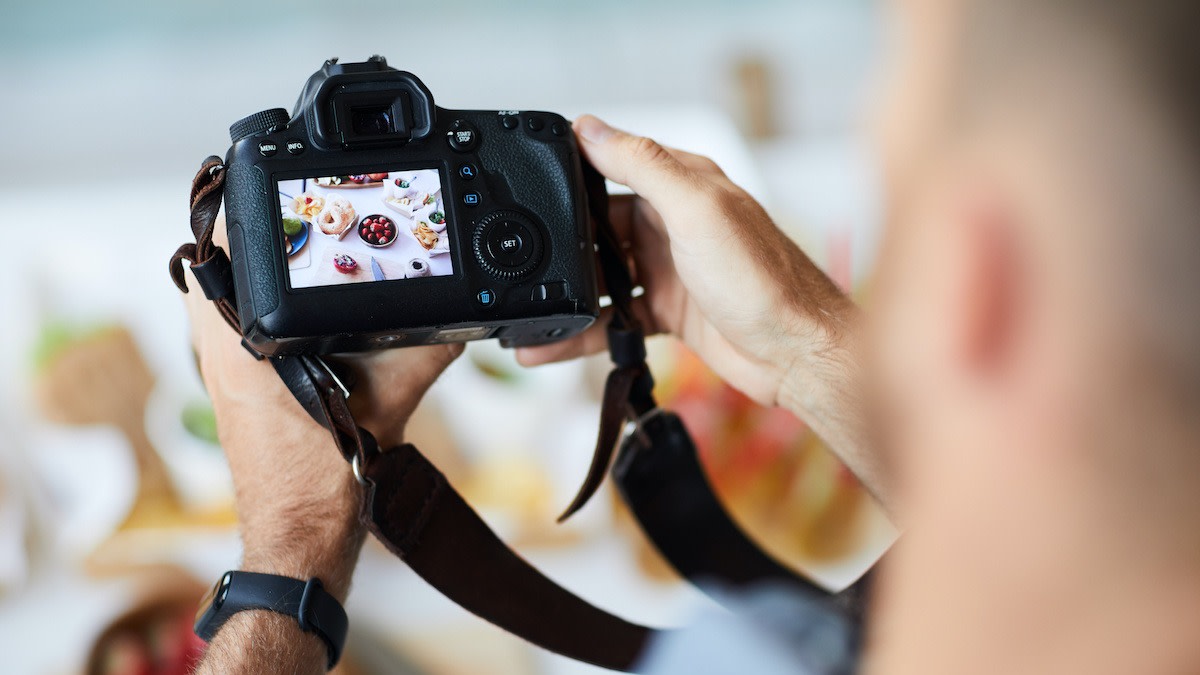How to Shoot RAW Photos: 3 Benefits of Shooting RAW
Written by MasterClass
Last updated: Jun 7, 2021 • 2 min read
RAW format is a digital image format for digital cameras and some smartphone camera apps. While RAW capture produces much larger file sizes, it offers the uncompressed image files favored by professional photographers.
Learn From the Best
What Is RAW?
RAW image files are large, uncompressed images stored on the memory card of a digital camera. As an uncompressed file format, RAW differs from JPG files (or JPEGs); although JPEG images have become the most common format in digital photography, they are compressed files, which can limit some forms of post-production work. Shooting RAW photos ensures you capture a greater amount of image data.
Although nearly every camera manufacturer offers a RAW image file format, there is no standard format. As you navigate different brands, you’ll encounter different file formats. For instance Nikon uses a proprietary RAW format called .NEF, while Canon saves RAW digital images as .CR2 or .CR3.
3 Benefits of Shooting RAW Photos
As an uncompressed format, RAW offers many notable advantages over a compressed file format like JPG.
If the camera format is set to raw, no processing is applied, and therefore the file stores more tonal and color data. With more data stored in the file, there is more processing flexibility than a JPEG can offer.
- 1. Better detail and dynamic range: If you have a high-end camera with a large megapixel count, you will see a noticable difference between the camera's RAW mode and JPEG mode. RAW provides far more image information, allowing you to capture more detail and greater dynamic range from your camera sensor.
- 2. More flexibility for editing: When you transfer images from your camera's SD card to a hard drive for editing, you will appreciate the image quality you get from RAW data. Whereas JPEG files are processed by the camera (resulting in a loss of color data), RAW files are unprocessed and contain more color data for you to work with during the editing process.
- 3. More creative control: When you save files using lossy compression, as is the case with the JPEG format, you have fewer options in terms of tweaking brightness, contrast, white balance, color saturation, and tonal range detail. If your goal is to be creative, you'll get better results manipulating RAW images.
3 Tips for Shooting in RAW
RAW images are ideal for specific situations, but you must be sure you're setting yourself up for success.
- 1. Prepare enough storage space. RAW mode is useful for capturing large, detailed files, but this means RAW files will take up a massive amount of space on your SD card or CF card and on external hard drives. To ensure that you have enough space for RAW images, keep extra memory cards with you while you shoot, and invest in several terabytes of hard drive space to store your photos.
- 2. Focus on framing and composition. RAW images capture everything that passes through your camera's image sensor without compression, noise reduction, or exposure compensation, which means you’ll be able to adjust the color, contrast, and white balance of your images when you edit them. You’ll have fewer options when it comes to adjusting the framing and composition of your images, so make sure you get those right while you shoot.
- 3. Master the rules of photography. Take care to set the right lighting conditions, use ND filters as needed, and select the proper ISO. The most important step in photography is getting the right image in your camera's sensor.
Want to Learn More About Photography?
Become a better photographer with the MasterClass Annual Membership. Gain access to exclusive video lessons taught by photography masters, including Jimmy Chin, Annie Leibovitz, and more.
